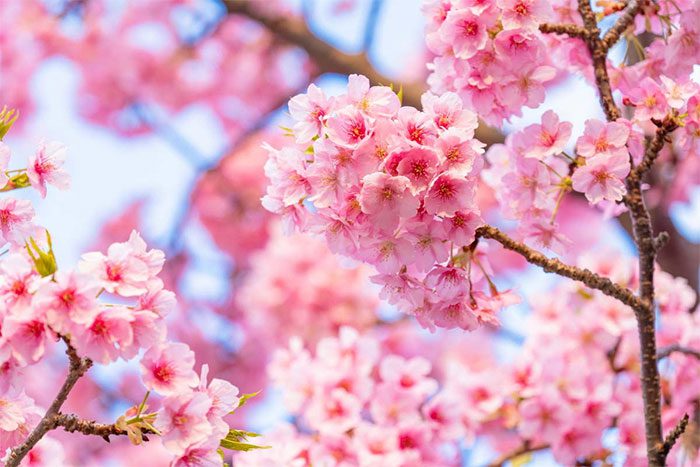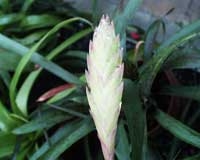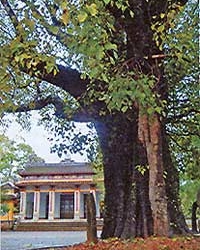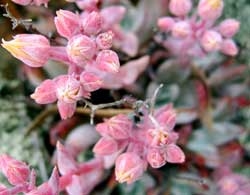New research from the Japan Meteorological Agency indicates that climate change may lead to the extinction of the iconic Somei-Yoshino cherry blossom variety in many regions of Japan by 2100.
The Japan Meteorological Agency reports that the country currently has an average temperature that is 1.27 degrees Celsius higher than normal, marking the second warmest winter on record. The trend of warm air enveloping Japan has affected the renowned Somei-Yoshino cherry trees.

Somei-Yoshino is the most popular cherry blossom variety in Japan, cultivated since the late 19th century.
The Somei-Yoshino variety requires a period of cold weather, with temperatures below 5 degrees Celsius, to stimulate their systems and produce the famous blossoms in spring.
If global warming continues, AI-based research predicts that the Somei-Yoshino cherry trees may face the risk of extinction in many regions of Japan, such as Miyazaki, Nagasaki, and Kagoshima in the Kyushu region by 2100.
The potential disappearance of the Somei-Yoshino could seriously disrupt the Hanami cherry blossom festival. According to a separate study from Kansai University, held annually from late March to early May, Hanami is a major driver of tourism, generating an estimated revenue of 616 billion yen (4 billion USD) in 2023.
Naoko Abe, a journalist and author specializing in cherry blossoms, told This Week in Asia: “This issue primarily concerns the Somei-Yoshino variety, while there are other varieties that may be more resilient or suitable for warmer climates. It is time for the Japanese people to plant a variety of cherry blossom types and abandon the notion that Somei-Yoshino is the only cherry blossom.”
There are about 300 other cherry tree varieties in Japan. Besides climate change, the iconic Somei-Yoshino trees also face threats from invasive species, such as the red-necked longhorn beetle, further jeopardizing their survival.
Japan has just experienced its second warmest winter on record, with unpredictable weather reportedly affecting the cherry blossom season, snow sports, and the migration patterns of swans.





















































